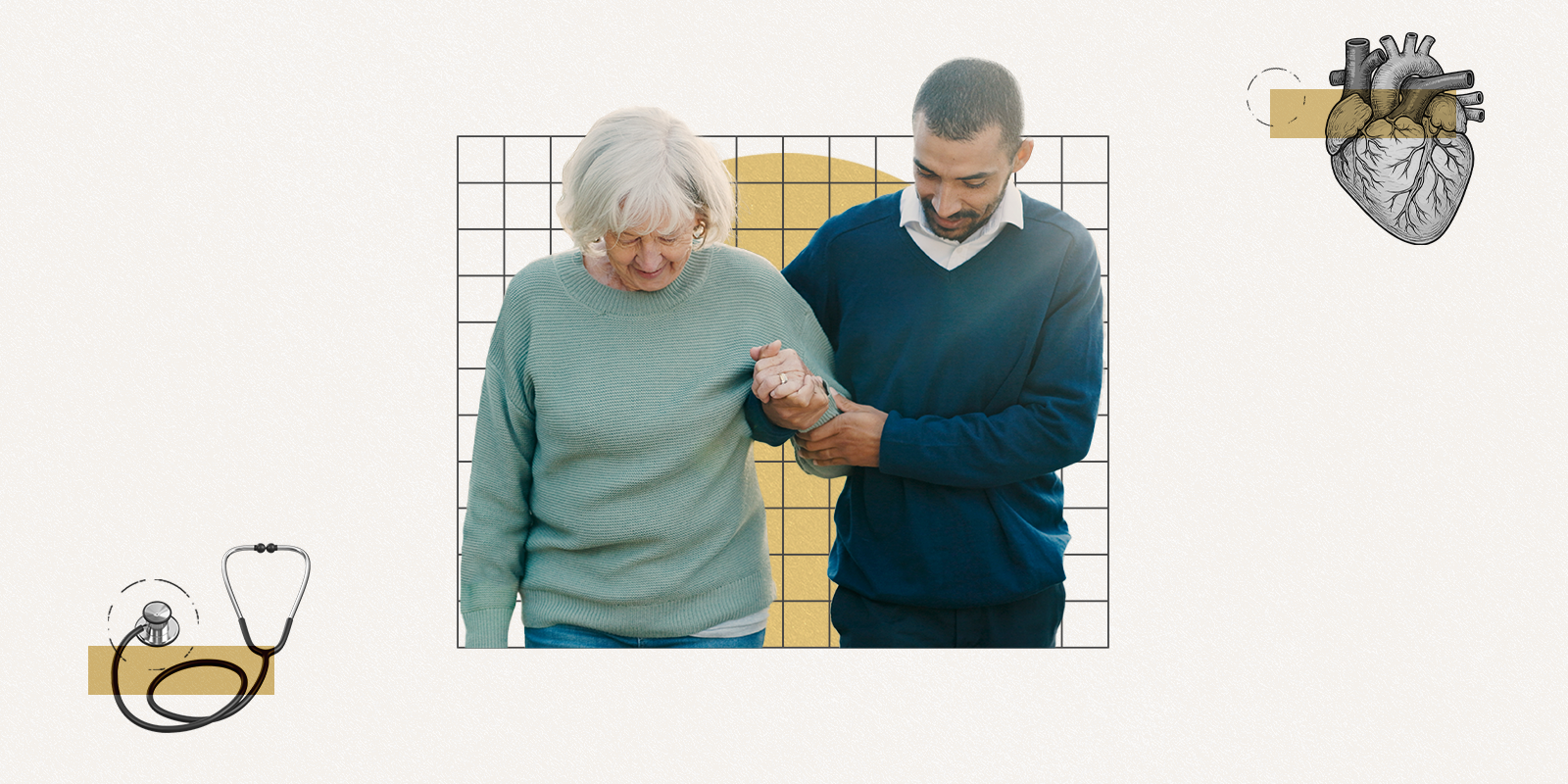A free Firearm Injury Toolkit was unveiled this week to help more states find voluntary firearm storage sites while setting up online support maps that can help save lives.
The toolkit was created by researchers from the University of Colorado Anschutz Medical Campus Injury Violence Prevention Center Firearm Injury Prevention Initiative, in collaboration with the Harborview Injury Prevention & Research Center’s Firearm Injury & Policy Research Program at the University of Washington School of Medicine.
“Storing firearms outside the home can become relevant in many scenarios,” said Emmy Betz, MD, MPH, director of the Firearm Injury Prevention Initiative and professor of emergency medicine at the University of Colorado School of Medicine who led the research and toolkit development. “Examples include when someone in the home is at risk of suicide, a visitor to the home is prohibited from firearm possession, grandkids are visiting, homeowners are taking an extended trip or military deployment or when owners are renting or selling a home.”
Colorado leads in map creation
Online state maps showing locations willing to provide firearm storage are a new intervention designed to link community members to options for voluntary out-of-home firearm storage. Colorado was the first state to create a map in 2018 followed closely behind by Washington state in 2019. Today, eight states have at least partial maps available online. Storage seekers are encouraged to call storage facilities ahead of visiting for specific information, including whether they charge fees.
The new toolkit was created following a two-year research project that examined the perspectives and preferences of retailers, ranges, law enforcement agencies, firearm owners, and groups who had made or were considering creating maps.
The research was supported through the National Institutes of Health firearm-related funding – an example of how research can lead to nonpartisan, community-based interventions to prevent injury and death. The firearm storage maps were highlighted by the White House in 2021 as an approach for suicide prevention.
Majority of deaths from firearms are suicides
“In most states in the nation, the majority of deaths from firearms are suicides,” according to pediatrician Frederick Rivara, MD, MPH, who led the University of Washington School of Medicine in this collaboration. “Use of firearms result in death in 90% of individuals attempting suicide, so firearms are an important focus of limiting access to lethal means for individuals and families in crisis.”
The online toolkit is designed to support community organizations, community coalitions, injury or suicide prevention organizations, academic programs focusing on injury and suicide prevention, and other groups seeking to promote voluntary, temporary firearm storage. It includes background on the rationale for out-of-home storage along with step-by-step guidance on how to find storage locations, make and publicize a Google map. It also includes sample storage agreements and links to currently available maps.
“Voluntary, temporary out-of-home storage of guns can be a life-saving option for firearm owners, and we hope this toolkit will help other cities and states develop resources to help their communities,” Betz said.


.png)

